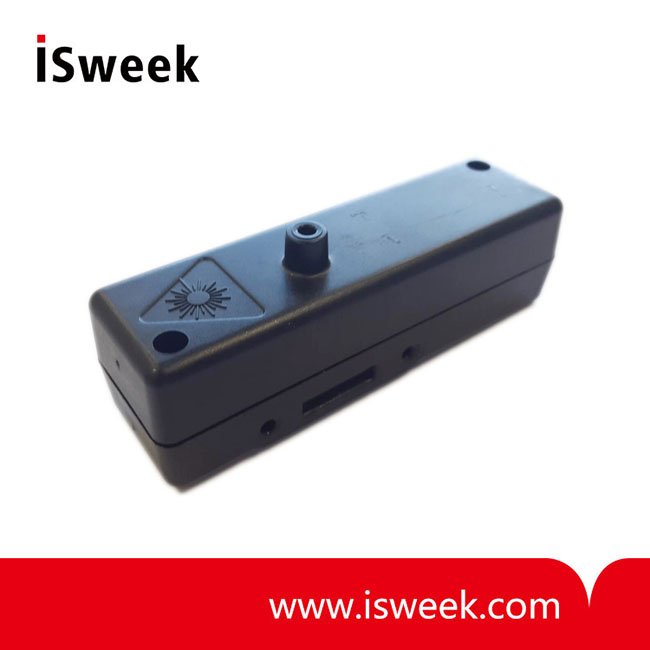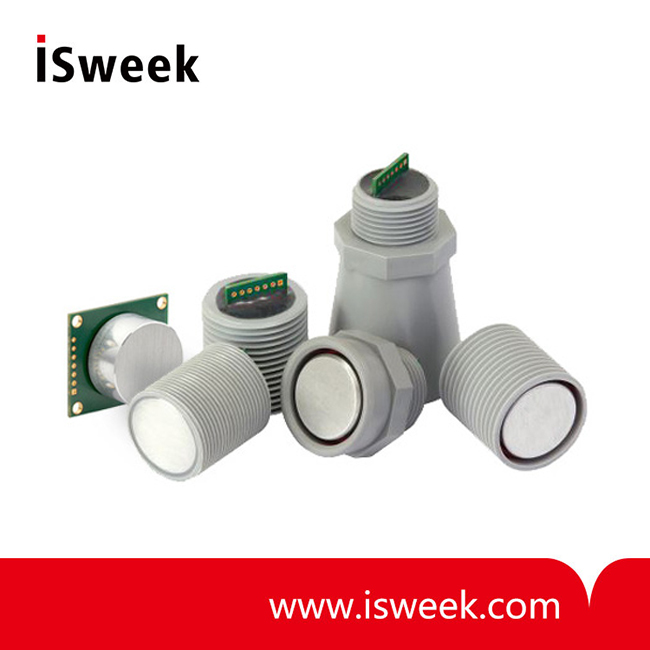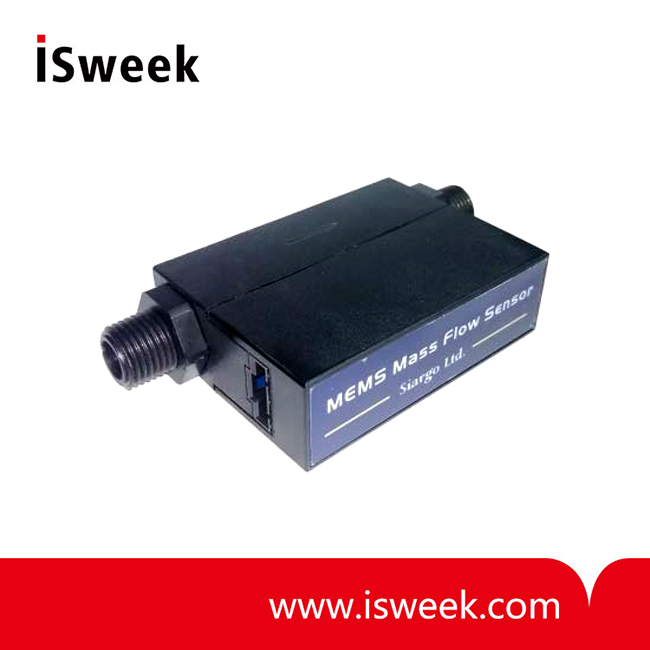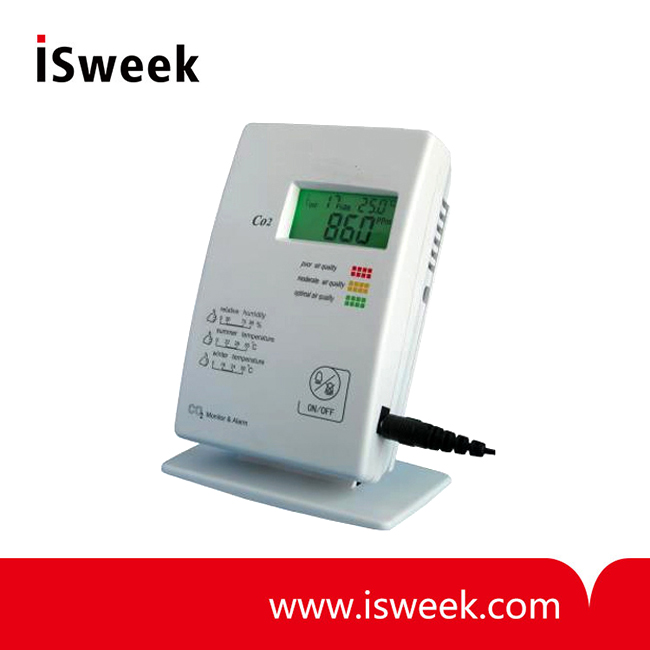As an important part of space environment simulator, vacuum system plays a pivotal role of simulating the vacuum background in space during the thermal tests of spacecrafts. It is usually divided in to two types: rough pump and high vacuum. Any abnormality of vacuum degree in thermal tests will not only obstruct the following tests but also do harm to the spacecrafts.
In order to verify the validity of the spacecraft’s thermal design, the adaptability of the thermal control system in various thermal environment during each flight phase, and to determine the best thermal control parameters for the system as well as to assess the operational capability of the spacecraft, it is vital to implement sufficient ground test during the R&D of a spacecraft. The vacuum thermal environment test can be realized in a space environment simulator, in which vacuum is a crucial environmental condition. Once any abnormality occur in the establishment or maintenance of a vacuum environment set by the space environment simulator, the effectiveness of spacecraft’s ground test will be doubtful, even worse, the spacecraft product itself may be harmed. For instance, any vacuum degree abnormality in rough pumping stage will lead to failure of tests for the spacecraft’s launch. Therefore, it is necessary to study on the diagnostic techniques of vacuum degree abnormality in thermal tests. In this case problems can be diagnosed and their source can be found out when they arise, so that testers can be alarmed to handle them, to ensure the smooth process of the thermal tests.
It is fairly difficult and also unnecessary to simulate the ultrahigh vacuum environment of cosmic space in a large-scaled environment simulator. For a heat-balance test, when the influences of cross-ventilation and heat-conductivity inside the space environment simulator are overcome, the test requirements can all be satisfied.

ISweek supply sensor MTCS2601 to measure vacuum degree. The product details are as follows:
Features of thermal conductance type gas sensor MTCS2601:
- Principle of thermal conductivity
- A thermal conductive sensor that can measure low vacuum
- Silicon device sealed in SMD ceramic package
- Ultra-compact in size, 7*5mm
- Low power consumption and fast response
- In a pressure range between 0.01~100mbar, the sensor shows excellent sensibility. The pressure range can be extended to 0.0001~1bar






